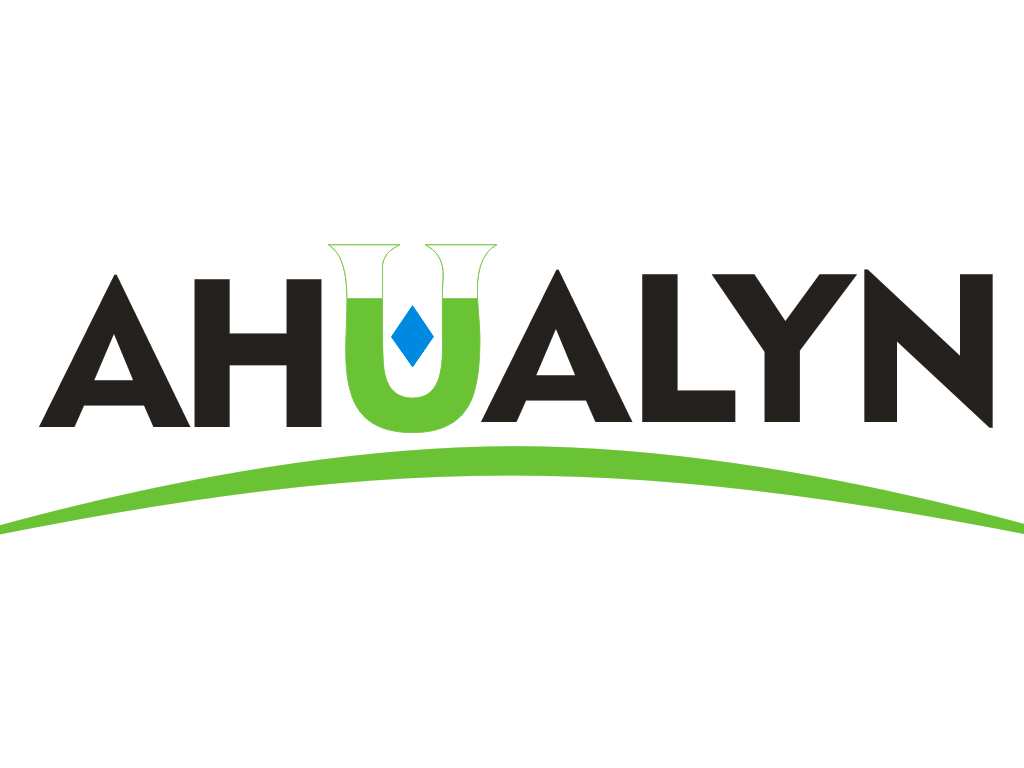
Privacy statement: Your privacy is very important to Us. Our company promises not to disclose your personal information to any external company with out your explicit permission.
![]() October 14, 2021
October 14, 2021
Tyrosinase inhibitors Arbutin, mainly blocking the synthesis of dopa and dopaquinone, thereby curbing the generation of melanin, thus having a Skin Whitening effect. In the 1990s, arbutin was first introduced as a Cosmetic whitening agent by Shiseido Cosmetics Co., Ltd., which is another whitening agent after whitening agents such as γ-cysteine and Kojic Acid. It not only has a fade effect on freckles, age spots, and chloasma, but also has effects on skin moisturization, healing after skin burns, and acne.
The prices of these two kinds of arbutin are far different on the market. The price of α-arbutin is much higher than that of β-arbutin. The highest unit price is 4,000 yuan/kg, mainly because β-arbutin is chemically Synthetic method is obtained, and α-arbutin can only be prepared by an enzyme synthesis method (ie, microbial fermentation method). In addition to the difference in process, α-arbutin is more soluble in water than β-arbutin, is resistant to high temperature, has good light stability, is not cytotoxic at a safe dose, and inhibits melanin production more than β- Arbutin is 10 times stronger, so α-arbutin is generally used in high-grade whitening cosmetics.
Xi'an Gawen collated the experimental data of the stability, effectiveness and safety of β-arbutin and α-arbutin as listed below, and gave a reference for the application of the two in whitening cosmetics.
The above picture is from Please forward the copyright source.
Stability
Both β-arbutin and α-arbutin are derivatives of hydroquinone, which decompose into hydroquinone under certain conditions, and hydroquinone is a banned substance in cosmetics, so it is ensured that arbutin is applied to whitening products. The stability is especially necessary.
--arbutin decomposes to produce hydroquinone at temperatures above 50 ° C, and decomposes under strong acid and alkali conditions to produce hydroquinone. In addition, β-arbutin can be hydrolyzed by human epidermal microorganisms and β-glucosidase to hydroquinone, and the acidic environment and artificial sweat can promote the hydrolysis of β-arbutin by β-glucosidase, in which artificial sweat promotes Stronger. Therefore, care should be taken to avoid these disadvantages during use to ensure the safety and effectiveness of their use.
In the basic environment of cosmetics, the temperature has little effect on the stability of α-arbutin. When the temperature reaches about 100 °C, no hydroquinone is detected in the α-arbutin solution; at pH = 5.2 and pH = 8.0. Under the conditions, hydroquinone was not detected in the α-arbutin solution, but hydroquinone was detected in the α-arbutin solution at pH = 1.0 and pH = 13.0; it was stored in the dark for 72 h. After that, no hydroquinone was detected in the α-arbutin solution, and hydroquinone was detected in the α-arbutin solution stored under the exposure conditions, and α-arbutin was detected under ultraviolet irradiation conditions. Hydrogen is obvious. Therefore, in the development and application of a series containing α-arbutin should pay attention to avoid strong acid and alkali environment and ultraviolet radiation.
As can be seen from the above analysis, α-arbutin is more stable than β-arbutin.
2. Effectiveness
Some scholars compared the effects of α-arbutin and β-arbutin on tyrosinase activity from mushroom and mouse melanoma. The results showed that β-arbutin inhibited tyrosine from mushroom and mouse melanoma. The enzyme, the mechanism is non-competitive inhibition, and α-arbutin only inhibits the tyrosinase of melanoma, and the mechanism is presumed to be mixed inhibition. And the inhibitory strength of α-arbutin is 10 times that of β-arbutin.
3. Security
Another scholar studied the inhibition of melanin synthesis by two compounds in cultured B16 melanoma cells, and found that α-arbutin has a similar effect to β-arbutin, but when the concentration is 1mmol/L, it is not seen. --arbutin inhibits the growth of melanocytes, while β-arbutin has obvious inhibition at the same concentration, which destroys the proliferation function of melanocytes, suggesting that cytotoxicity cannot be ignored.
If the metabolism of melanocytes is disrupted or inhibited, some diseases, such as genetic disease albino, and a malignant tumor called melanoma are produced. Thus, α-arbutin has higher safety than β-arbutin.
It can be seen from the above discussion that the stability of α-arbutin, the strength and safety of inhibiting tyrosinase are much better than that of β-arbutin, and the ratio of α-arbutin to β-arbutin It’s better to understand it a lot more times!
The above is the The difference between α-arbutin and β-arbutin we have listed for you. You can submit the following form to obtain more industry information we provide for you.
You can visit our website or contact us, and we will provide the latest consultation and solutions
Send Inquiry
Most Popular
lastest New
Send Inquiry
Send Inquiry

Ms. Alice
Tel:+86-029-81138161
Fax:
Mobile Phone:+8619992821278
Email:info@ahualyn.com
Address: Rm. 1208, Building B, Huixin IBC, No. 1 Zhang Bayi Road, High-tech Zone, Xian, Shaanxi
Related Products List
Mobile Site


Privacy statement: Your privacy is very important to Us. Our company promises not to disclose your personal information to any external company with out your explicit permission.

Fill in more information so that we can get in touch with you faster
Privacy statement: Your privacy is very important to Us. Our company promises not to disclose your personal information to any external company with out your explicit permission.